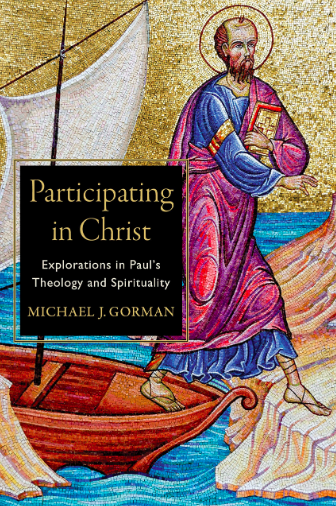 At the heart of worship, at the heart of Christian living, at the heart of prayer, at the heart of church history — at the heart of all creation — is beauty, and that beauty emerges from a beautiful and glorious God. What we experience of beauty is because God is beauty. So, when McClymond and McDermott describe methods and strategies in the thought of America’s theologian, Jonathan Edwards, they have a brief sketch of what Edwards says about God’s beauty – and as I read this chp I kept saying it is easier to describe the beauty of God (as Edwards did) than to describe how Edwards described God’s beauty.
At the heart of worship, at the heart of Christian living, at the heart of prayer, at the heart of church history — at the heart of all creation — is beauty, and that beauty emerges from a beautiful and glorious God. What we experience of beauty is because God is beauty. So, when McClymond and McDermott describe methods and strategies in the thought of America’s theologian, Jonathan Edwards, they have a brief sketch of what Edwards says about God’s beauty – and as I read this chp I kept saying it is easier to describe the beauty of God (as Edwards did) than to describe how Edwards described God’s beauty.
How much Edwards have you read? What have you read? Is your view of Edwards more or less limited to “Sinners in the Hands of an Angry God”? Why do you think Edwards is so little used in theological studies in colleges and seminaries?
Edwards had an aesthetic in his theology that shaped the whole. Edwards said beauty is the “divinity” of God (maybe the Godness of God). And infinite beauty is God’s love of himself … “God’s excellence consists in the love of himself” (96). Well, some people are really bugged by this, contending it is arrogance and hybris and the like
My own take on this is that it is not, and most definitely is not. If God is altogether glorious, if God is the root of all beauty, in fact beauty itself, if God is pure love and within the Trinity that love is coursing in unending joy and utter delight, then love of himself is not self-centered by the essence of God — and for God to take delight in God is for God to be what God is. God is altogether glorious and God knows it.
There are two chps on Scripture: one on typology, and Edwards had a fertile Christ-centered and God-centered imagination, and one on revelation and tradition. Both themes show Edwards as a creative theologian.
Let’s begin with this: Edwards thought everything in nature reflected the glory of God. (He reminds me here at times of the Eastern theologians and, in particular, of Alexander Schmemann.). And all of history was the outworking of God’s plan and a manifestation of God’s glory. As I read Edwards here all of Scripture is alive with signification that can be plumbed by his overall hermeneutic, one that sees God at work in all of history (his history of redemption theme). He saw these types in nature too. So the world is alive with the presence of God. So he finds types in Scripture, history and nature.
Revelation for Edwards cannot be reduced to Scripture; nor is it reduced to cognitive knowledge. “It is participation in divine being itself” (130). God communicates because God desires “friendship” with his creatures. A critical feature for Edwards is that history is a revelation of God, the whole course of history and all events are revelatory. The subject is not just redemption but the “excellency [beauty] and sufficiency of Christ” (134).
Edwards believed in (regenerated) reason, but reason alone was a grace from God. Reason alone could arrive at some religious truths, but not saving truths. What about tradition? He’s committed to sola scriptura, but he was influenced by a number of theologians (and the authors don’t sketch the influences in this chp, or give names — Turretin? Owen? Calvin? Beza?). He believed if we had to have experts to read the Bible then the Bible would not be for all; he knew too many leaders were fallible and made too many mistakes; and if we trust them we wouldn’t trust the Bible. Hence, the Bible.
But what is clear is that Edwards may have gone back to the Bible but he read it through the lens (esp after 1739) of his “imaginative construal of the story inscribed there, which he called the ‘work of redemption'” (146).















